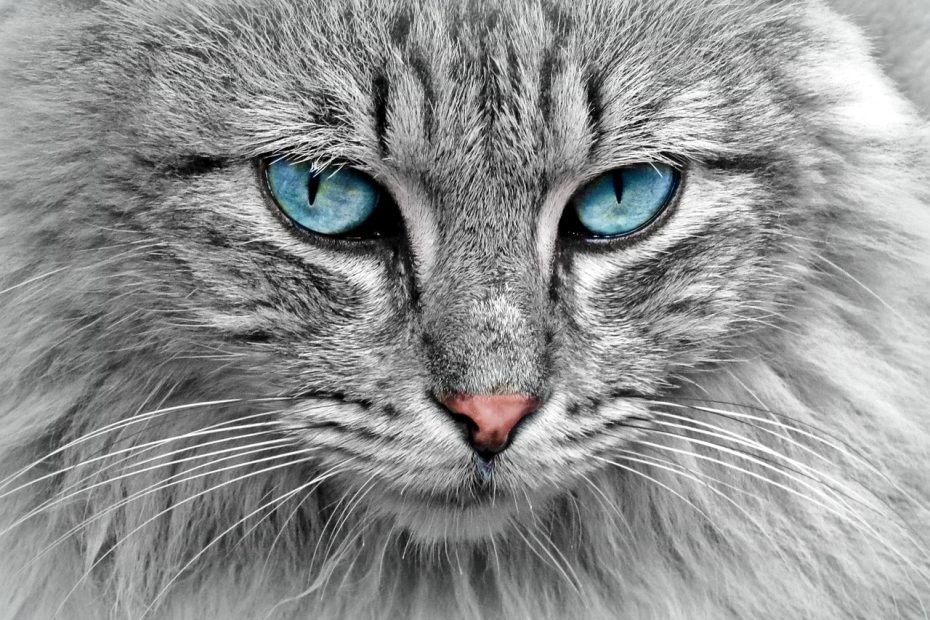Cats have fascinated and enchanted us for centuries with their enigmatic behavior and mysterious ways. From purring to kneading, from hunting to hiding, every action of a cat tells a story. In this comprehensive guide to cat behavior, we’ll delve into the intricacies of their actions and body language, helping you decode the secrets behind your feline friend’s behavior.
The Complex World of Cat Behavior
Before we dive into specific behaviors, it’s essential to recognize that cats are complex creatures. Their behavior is influenced by a variety of factors, including genetics, upbringing, socialization, and individual personality traits. Here are some key aspects to consider:
1. Instinctual Behavior
Cats are natural hunters and have inherited behaviors related to stalking, pouncing, and capturing prey. Understanding these instincts is crucial to deciphering many aspects of their behavior.
2. Communication
Cats communicate primarily through body language, vocalizations, and scent marking. To understand a cat’s feelings and intentions, we must learn to read these signals.
3. Social Structure
Cats are not solitary animals by nature. They form complex social structures, whether it’s within a household or in a feral colony. This influences how they interact with humans and other animals.
Common Cat Behaviors Explained
Let’s explore some of the most common cat behaviors and what they mean:
1. Purring
Purring is one of the most soothing sounds a cat can make, and it’s often associated with contentment. However, cats may also purr when in pain or distress. Context and body language can help determine the reason behind the purring.
2. Kneading
Kneading is when a cat alternately pushes in and out with its paws against a soft surface, often a person’s lap or a blanket. It’s a behavior learned during kittenhood when kneading stimulates milk flow from the mother cat. In adulthood, it’s a sign of relaxation and comfort.
3. Scratching
Cats scratch objects to mark their territory with scent glands on their paws and to keep their claws healthy and sharp. Providing appropriate scratching posts can redirect this behavior away from your furniture.
4. Hunting and Play
Cats have a strong hunting instinct. Even indoor cats will engage in “play hunting” to satisfy this need. Toys that mimic prey, such as feather wands, can be very enriching for them.
5. Hiding
When a cat hides, it can be a sign of fear, anxiety, or illness. Providing a safe and quiet space for them to retreat to is essential for their well-being.
6. Grooming
Cats are meticulous groomers and use this behavior to keep clean, cool down, and bond with other cats. Over-grooming, however, can be a sign of stress or medical issues.
Understanding Cat Body Language
Cats communicate a wealth of information through their body language. Learning to read their cues can help you understand their emotions and intentions:
1. Tail Language
- Puffed-Up Tail: Indicates fear or agitation.
- Tail Held High: A sign of confidence and a friendly greeting.
- Slow Swishing: Suggests irritation or annoyance.
2. Ears
- Forward and Upright: Indicates interest or curiosity.
- Flattened Back: Signals fear, anger, or aggression.
3. Eyes
- Slow Blinking: A sign of trust and affection.
- Dilated Pupils: Can indicate excitement, fear, or arousal.
4. Whiskers
- Forward and Relaxed: Indicates contentment.
- Pulled Back Against the Face: Suggests fear or aggression.
5. Body Posture
- Relaxed Body: A content and confident cat.
- Tense Body: Indicates fear, aggression, or discomfort.
Behavioral Issues and Solutions
Understanding cat behavior is essential for addressing and preventing common behavioral problems. Here are some issues and potential solutions:
1. Aggression
Aggression can be due to fear, territorial disputes, or redirected aggression. Identifying the underlying cause is crucial for addressing the issue.
2. Litter Box Problems
Inappropriate elimination can result from medical issues, stress, or dissatisfaction with the litter box. Addressing these factors is essential to resolve the problem.
3. Excessive Vocalization
Cats may vocalize excessively due to illness, anxiety, or attention-seeking behavior. Identifying the cause and addressing it is key to reducing vocalization.
4. Destructive Scratching
Providing appropriate scratching posts and using deterrents on furniture can redirect this behavior.
5. Separation Anxiety
Cats can experience separation anxiety when left alone for extended periods. Providing mental stimulation and companionship can help alleviate this issue.
Multi-Cat Households and Social Dynamics
If you have multiple cats, understanding their social dynamics is crucial:
1. Territory and Aggression
Cats establish territories within the home, and conflicts can arise over territory and resources. Providing separate feeding areas and litter boxes can reduce tension.
2. Introducing New Cats
Introducing a new cat to your household should be done gradually to allow the cats to adjust to each other’s presence.
3. Bonding and Play
Cats in the same household may groom each other, play together, or simply coexist peacefully. These interactions strengthen their social bonds.
Cat Behavior and Health
Changes in behavior can be an early indicator of underlying health issues. If you notice any significant changes in your cat’s behavior, such as appetite, activity level, or social interactions, consult with a veterinarian.
Conclusion: The Language of Cats
Cats have a rich and complex language of their own, and by learning to understand their behavior and body language, we can forge deeper connections with our feline companions. Whether it’s a gentle purr, an affectionate head bump, or a playful pounce, each behavior and gesture reveals a part of the unique and beautiful world of cats.
By respecting their instincts and needs, providing a loving environment, and seeking professional guidance when necessary, we can ensure that our cats lead happy, healthy, and fulfilling lives as our cherished companions. So, embrace the world of cat behavior, and let the language of cats enrich your understanding and appreciation of these wonderful creatures.
